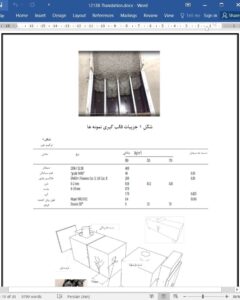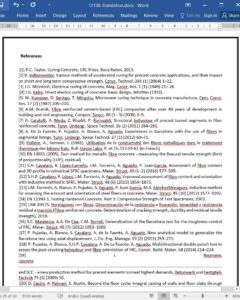Abstract
This paper evaluates the effect of electric curing on the mechanical properties and microstructure of steel fibre reinforced concrete. Specimens subjected to electric curing, steam curing and without curing were tested for compressive and residual flexural tensile strengths at different ages. The fibre-matrix contact area after pull-out was characterized by means of scanning electron microscopy. Although electric cured specimens had consistently smaller residual flexural strengths than steam cured specimens, differences were not statistically significant. Results derived from this study confirm the feasibility of applying electric curing for the production of elements made with steel-fibre reinforced concrete.
1. Introduction
Curing conditions play a crucial role in the hydration of the binder and in achieving the performance expected from the hardened material [1]. In the precast industry, curing is often synonymous with the application of heat to shorten demoulding times and to increase productivity. One can appreciate the importance of accelerated curing to the manufacturer’s rate of production by considering that to reach the demoulding strength in some cases requires more than a day (several days for prestressed concrete) as opposed to hours when accelerating curing is adopted, and thus the economic viability of precast plants significantly relies on accelerated curing [2].
5. Conclusions
This study has built on the existing knowledge about EC (Electric Curing) and provided additional data and empirical evidence regarding its application to SFRC (Steel Fibre Reinforced Concrete), with an emphasis on its influence in the post-cracking performance. Results derived from the experimental programme confirm the feasibility of applying EC in elements made with SFRC.











